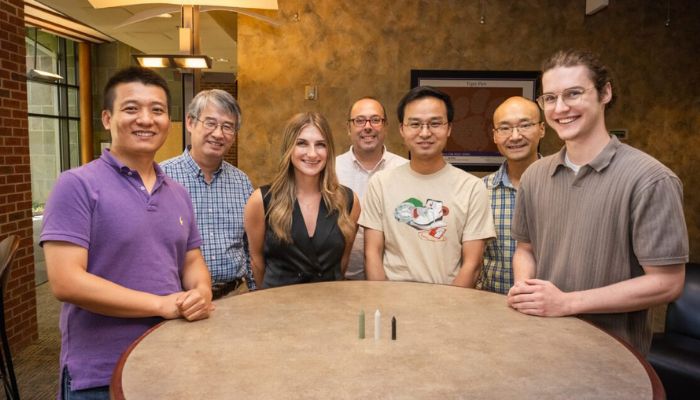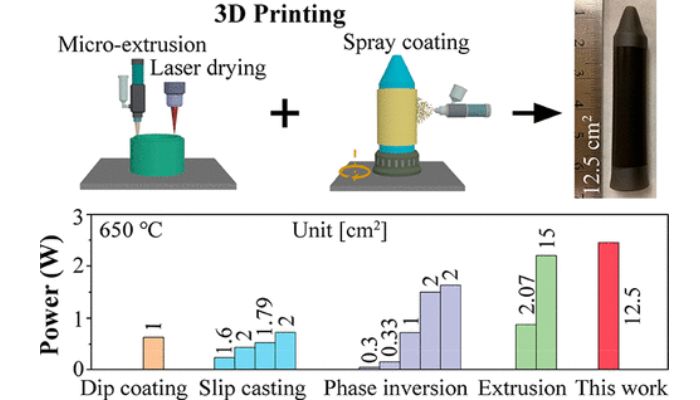
Researchers at Clemson have created a revolutionary technology by using 3D printing. The protonic ceramic fuel cell (PCFC) is a technology that will reshape renewable energy. PCFCs are a renewable alternative to conventional energy sources which heavily depend on fossil fuels. They use fuels such hydrogen, ammonia alcohols and sustainable hydrocarbons. This is a major step in the direction of a more environmentally friendly and sustainable approach to power generation. However, the challenge has been to increase production of PCFCs at a rate that is feasible for their widespread adoption.
To address this hurdle, a team of researchers at Clemson’s Advanced Materials Research Laboratory turned to the capabilities of 3D printing. This new technology allows the creation of complex, customizable objects, with an exceptional level of precision. In the case of PCFCs this was a game changer in manufacturing.

The team of researchers comprised Jiawei Zhang, Jianhua “Joshua” Tong, Bridget Sheridan, Kyle S. Brinkman, Minda Zou, Fei Peng, and Jacob Conrad (from left to right).
The team’s breakthrough came in the form of tubular PCFCs, a design that offers distinct advantages over traditional flat designs. Tubular PCFCs have improved durability and sealing properties, making them more suitable for practical applications. Researchers tested a fuel cell with hydrogen for 200 hours and found that it produced power consistently. This accomplishment alone highlights how 3D printed ceramic protonic fuel cells can offer greater precision, consistency, cost-effectiveness, and reliability than traditional manufacturing methods.
Researchers at Clemson, including Bridget Sheridan and Jacob Conrad among others, published their groundbreaking research in ACS Energy Letters, a prestigious journal. Minda Zou, a Ph.D. candidate, led the research as the first author, with Jiawei Zhang and Professor Jianhua “Joshua” Tong serving as corresponding authors from the Department of Materials Science and Engineering.

Enabling Scalable Tubular Protonic Ceramic Fuel Cells Through 3-D Printing. Photo credit: ACS Publications
The 3D-printed Fuel Cell: A New Era
The uniqueness of this research lies in the team’s success in 3D printing all three critical layers of a fuel cell—the anode, cathode, and electrolyte—in a single integrated process. Professor Tong highlighted the importance of this accomplishment by saying, “Nobody else has done that.” He also emphasized the simplicity and cost effectiveness of their method which has great potential for future commercialization.
The researchers have already begun to envision more advanced designs in the future phase of their research. This team believes that 3D printed ceramic protonic fuel cells could be commercialized within the next 5 years.
The paper entitled “3D Printing Enabled Highly Scalable Tubular Protonic Ceramic Fuel Cells” is a testament to the team’s dedication and innovative spirit. In the global push towards sustainability, renewable energy is gaining more attention. Technologies like 3D-printed PCFCs provide a glimpse of a future in which clean energy sources will be more effectively and efficiently harnessed. For the original study click HERE.
What do you think of Clemson’s 3D Printed Fuel Cells? Let us know in a comment below or on our LinkedIn, Facebook, and Twitter pages! Don’t forget to sign up for our free weekly Newsletter here, the latest 3D printing news straight to your inbox! You can also find all our videos on our YouTube channel.




